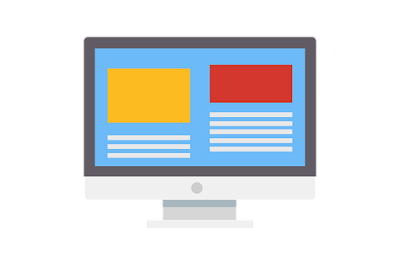As an engineer, you need to have a few skills under your belt. Whether
it is building airplanes or constructing bridges, as an engineer, you better
know what you are doing. But having the technical background to bring your
project to a successful end is only part of the puzzle (albeit a fairly
important one).
Take a look at any business in the world and you fill discover that
management is interested in functioning as efficient as possible.
That’s because optimally using time and resources undeniably translates into
healthier budgets. Of course, this is something that most engineers
that get involved in project management learn on the job. But not every problem is
solved with logic and technical background. Processes and procedures
require leadership and communication skills. And that is not something that is
part of the Master of Engineering curriculum.
It is definitely an option to pick up a course at PMP or to venture in to
a postgraduate. We argue that it is a good career move to get some formal
training in project management. Not only does there seem to be a shortage in
project managers with an engineering background in areas such as construction,
chances that your salary will make a jump are real. Scope creep
is the stuff nightmares are made of for many companies. Anybody
who can help them get a handle on projects that go over budget or are late will
be received with open arms. Project management training, together
with good project management software, is the perfect answer to the
challenge of getting unexpected costs under control as much as possible.
An added bonus is that project management helps standardize
procedure and repeat success.
So here it is.
What are your thoughts on finding the books again? This time, maybe less
to stretch the mathematical side of the brain, but to add a different angle to
the mix. Rewards are there for the picking.



